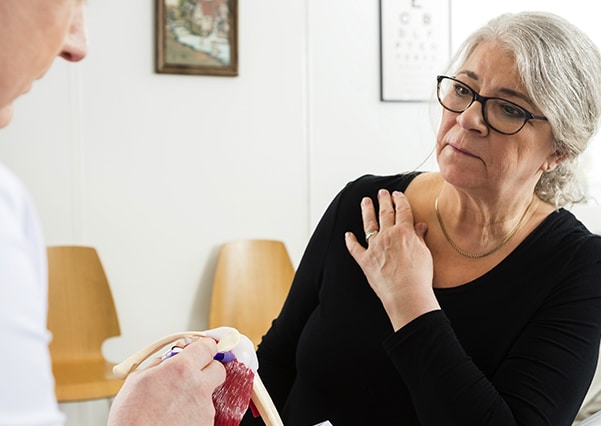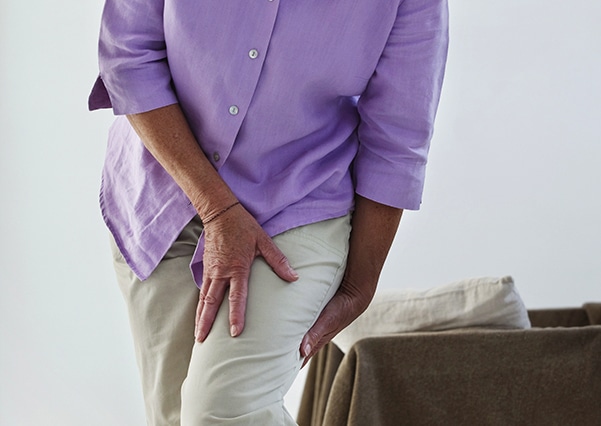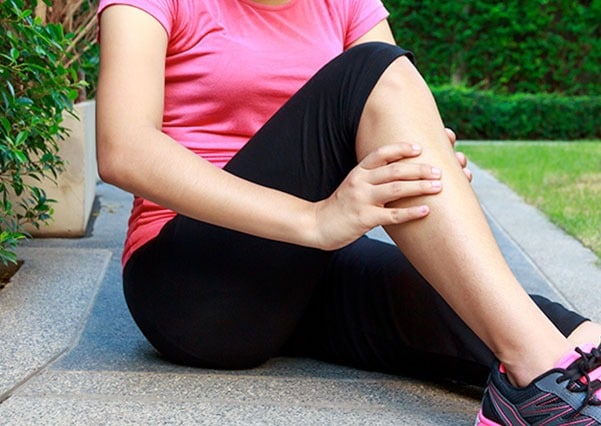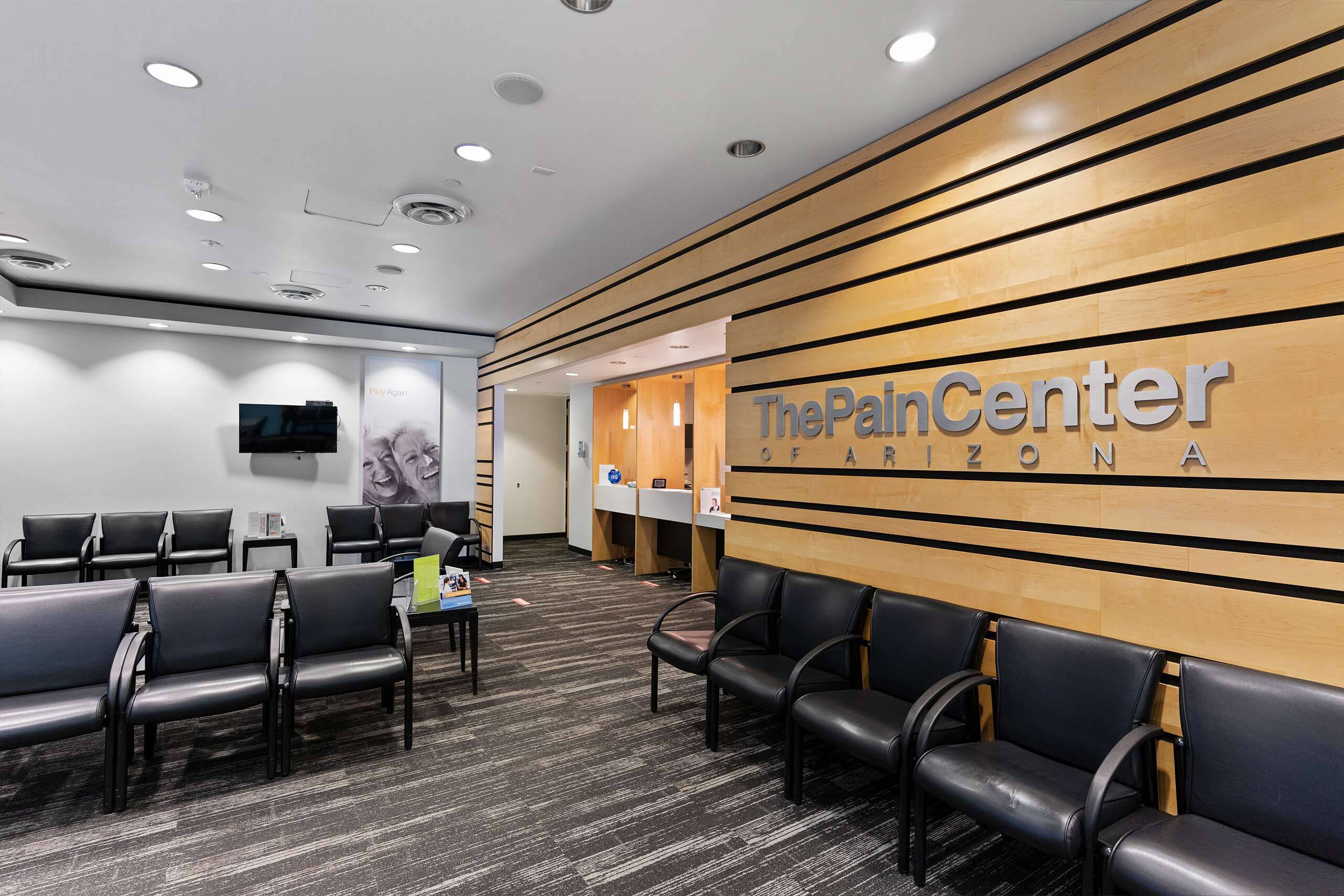Bursitis Treatment
Bursitis is a condition that causes the small, fluid-filled sacs called bursae to become inflamed. Bursae cushion the bones, tendons, and muscles near the joints to prevent them from rubbing together. The shoulders, elbows, hips, and knees are the most common areas to develop bursitis because these joints perform frequent, repetitive motions.


Causes of Bursitis Spondylitis
Repetitive motions and positions may irritate bursae and cause this condition.
With that, common causes generally include:
- Repeatedly throwing objects or lifting items over the head
- Prolonged sitting on kneeling on hard surfaces
- Leaning the elbows or shoulders on surfaces for extended periods of time

Bursitis Symptoms
Joints affected by it may exhibit the following symptoms:
- Pain, aching, or stiffness
- Pain with added pressure
- Tissues and skin surrounding the joint become swollen and red
- Pain that lasts more than one or two weeks
- Excessive sweating or bruising near the affected area
- A sudden fever lasting more than a few days

How do you make bursitis go away?
To alleviate related symptoms and support your healing process, here are a few things your trusted medical professional may recommend you do:
- Avoid Smoking Tobacco: Smoking can delay the healing of your wounds and tissue.
- Rest Your Joint: Limit yourself from engaging in activities that may exacerbate pain and reduce inflammation caused by bursitis.
- Regularly Apply Ice: To reduce swelling and pain, consider applying ice packs wrapped in a thin towel (paper or otherwise) for 10-20 minutes several times throughout the day.
- Gentle Movement: Gently perform “range of motion” exercises, as this will help prevent stiffness of your joint.
- Compression: Applying compression to your affected joint may help minimize swelling and reduce bursitis pain.
- Supportive Gear: Depending on the location of your bursitis, padding, braces, splints, or a cane may be beneficial.
- Physical Therapy: A personalized exercise plan from a physical therapist can help improve your mobility, strengthen your muscles and joints, correct your posture, and overall support your ongoing recovery.
Can bursitis self-heal?
Yes, there are cases where it may heal itself, depending on whether or not appropriate care is implemented while experiencing symptoms such as inflammation and pain. Inflammation may decrease over time with proper rest and protection from irritation.
If symptoms worsen over the course of a few weeks and even impact daily life, then it’s important to reach out to your trusted healthcare provider for a consultation of your case.
What are the things that aggravate bursitis?
It may be aggravated by the following:
- Repetitive movements
- Prolonged pressure
- Physical trauma/injury
- Infection
- Rheumatoid arthritis
- Gout
- Diabetes
- Older age
- Improper posture or form
Is a heating pad good for bursitis?
Heating pads can be good for relaxing your muscles, reducing stiffness in your joints, and increasing blood flow toward your affected area to support healing and relieve pain.
Consult your healthcare professional for their recommendations on how to treat your bursitis at home.
Why did I suddenly get bursitis?
Many factors contribute to its development, including acute injury–trauma to a joint that can cause inflammation of the bursa, like falling on your elbow or knee.
What can be mistaken for bursitis?
It is important to note that there are other conditions that may share similar symptoms, such as:
- Tendinitis
- Osteoarthritis
- Rheumatoid Arthritis
- Sciatica
- Stress Fractures
- Nerve Compression Syndromes
- Infections
What foods flare up bursitis?
Not everybody’s bodies react the same to food, but there are some common reactions to particular foods that may exacerbate bursitis symptoms that you should consider:
- Candy
- Pastries
- Sodas
- Bacon
- Sausages
- Hot dogs
- Deli meats
- White flour/breads
- Pasta
- Processed snacks or foods
- Alcohol
- High sodium
- Canned soups
Foods that may help reduce your inflammatory response include:
- Fatty fish
- Flaxseeds
- Berries
- Leafy greens
- Turmeric
- Ginger
Can you permanently get rid of bursitis?
Bursitis can be treated with various methods, so long as underlying health and environmental conditions are also accounted for to reduce the risk of recurrence.
These methods include:
- Conservative Treatments: At-home remedies and self-care, including resting, applying ice, and properly using nonsteroidal anti-inflammatory drugs (NSAIDs)
- Medical Interventions: Corticosteroid injections, for instance
- Surgery: A bursectomy (removal of affected bursa) may be recommended for severe cases of bursitis unresponsive to more conservative treatments.
Why is bursitis so painful at night?
Several factors may contribute to an increase in bursitis pain at night, including:
- Increased Pain Sensitivity: inflammation may peak at night as a result of your body’s natural circadian rhythmProfessional Treatment for Bursitis
- Reduced Activity: more movement throughout the day, which promotes blood flow and reduces stiffness and discomfort, versus stillness, which can intensify inflammation and stiffness
- Joint Position: more pressure on your joints or surrounding tissue depending on your sleeping position
Treatment for Bursitis Pain at The Pain Center
When conservative methods such as rest, ice, and taking a nonsteroidal anti-inflammatory medication fail to provide adequate pain relief, interventional treatment options should be considered. Some of the treatment options for bursitis may include:


Get the care you need within 24 hours*
We know when you’re looking for relief for your chronic pain, you can’t wait any longer than you already have. This is why we can schedule you with an appointment within 24 hours at most of our pain centers across the Valley, so you can start your journey to life-long pain relief as soon as tomorrow.



